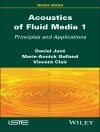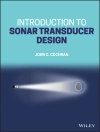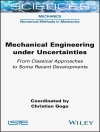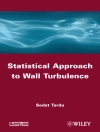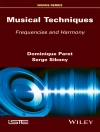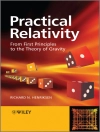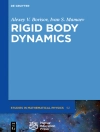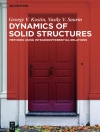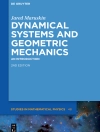This book compiles historical notes and a review of the work of the author and his associates on shock compression of condensed matter (SCCM). The work includes such topics as foundational aspects of SCCM, thermodynamics, thermodynamics of defects, and plasticity as they relate to shock compression, shock-induced phase transition, and shock compaction. Also included are synthesis of refractory and hard ceramic compounds such as Ni aluminides, Si C and diamonds, method of characteristics, discrete element methods, the shock compression process at the grain scale, and modeling shock-to-detonation transition in high explosives.
The book tells the story of how the author’s view of shock physics came to be where it is now. and analytically discusses how the author’s appreciation of shock waves has evolved in time. It offers a personal but pedagogical perspective on SCCM for young scientists and engineers who are starting their careers in the field. For experts it offers materials to nudge them reflect on their own stories, with the hope of planting a seed of motivation to write them down to be published.
สารบัญ
Beginning.- Ph.D thesis on phase transition in iron.- Sojourn in Great Britain.- Back to the USA.- Mid-life Turning Points.- New international collaborations at NCSU.- LANL.- AFRL, Eglin AFB.- Life after retirement.
เกี่ยวกับผู้แต่ง
Yasuyuki Horie is a former senior scientist, Energetic Materials, Munitions Directorate, Air Force Research Laboratory (AFRL), Eglin Air Force Base (USA). Currently he serves as a consultant at AFRL through the University of Dayton Research Institute, and at Sandia National Laboratories, Albuquerque. His work and interest are concerned with high-pressure shock compression of condensed matter focusing on thermo-chemical behavior of both inert and energetic materials. He received his Doctor of Philosophy degree in physics at Washington State University. He was a professor at the Department of Engineering Science and Mechanics and Civil Engineering, North Carolina State University 1969–1999, and a technical staff member at Los Alamos National Laboratory 1999–2005. He moved to AFRL in 2005 and retired in 2012. He was honored with a Science and Engineering Award from the US Air Force in 2006, a Technical Achievement Award of the Year from the Munitions Directorate, Air Force Research Laboratory (AFRL/RW) in 2009, and the Prof. Glass Memorial Lecture Award from the Shock Wave Research Society of Japan in 2010. He has been a fellow of the American Physical Society since 2001.


